South Dakota Air and Space Museum
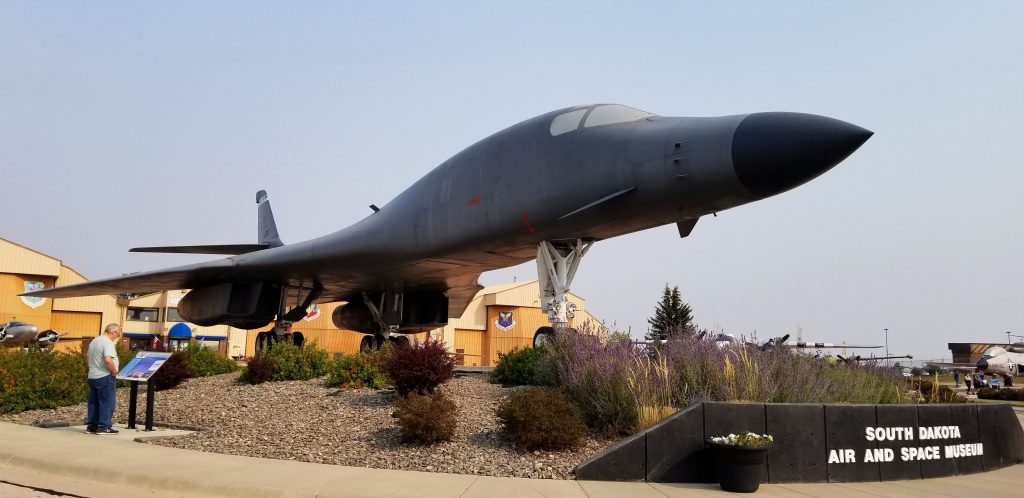
The South Dakota Air and Space Museum sits just outside Ellsworth Air Force Base.
When I was in grade school during the Cuban missile crisis, our school practiced air-raid drills. When we heard the alarm go off, we were to duck under our desks. One day the alarm went off and our teacher told us to duck under our desks, but it was a fire alarm–not an air-raid. It was just a practice drill, but the teacher eventually realized her mistake and led us all outside to “safety”.
As a child, I was aware of the cold war after the Cuban missile crisis. I watched episodes of “The Man from U.N.C.L.E” which was a fictional TV series about two spies who somehow always thwarted the bad guys from taking over the world. I read stories about the Iron Curtain and escapes from East Berlin. What I was not aware of, was what our government was doing to defend us.
During the Cold War, Ellsworth Air Force Base was a crucial part of our country’s readiness and defense force. It was the home of the Intercontinental Ballistic Missiles like the Titan I and the Minuteman missiles, and and arsenal of bombers such as the B-29.
Today visitors can tour a missile silo that was used to train maintenance personnel, but you must reserve well ahead of your visit since only 6 people are allowed at one time on a tour and it is booked far in advance. For that reason, we didn’t get to go on that tour. The missile sites are now preserved as the Minuteman Missile National Historic Site.
However, we enjoyed an extensive time visiting inside and outside the South Dakota Air and Space Museum which included a Titan I missile.
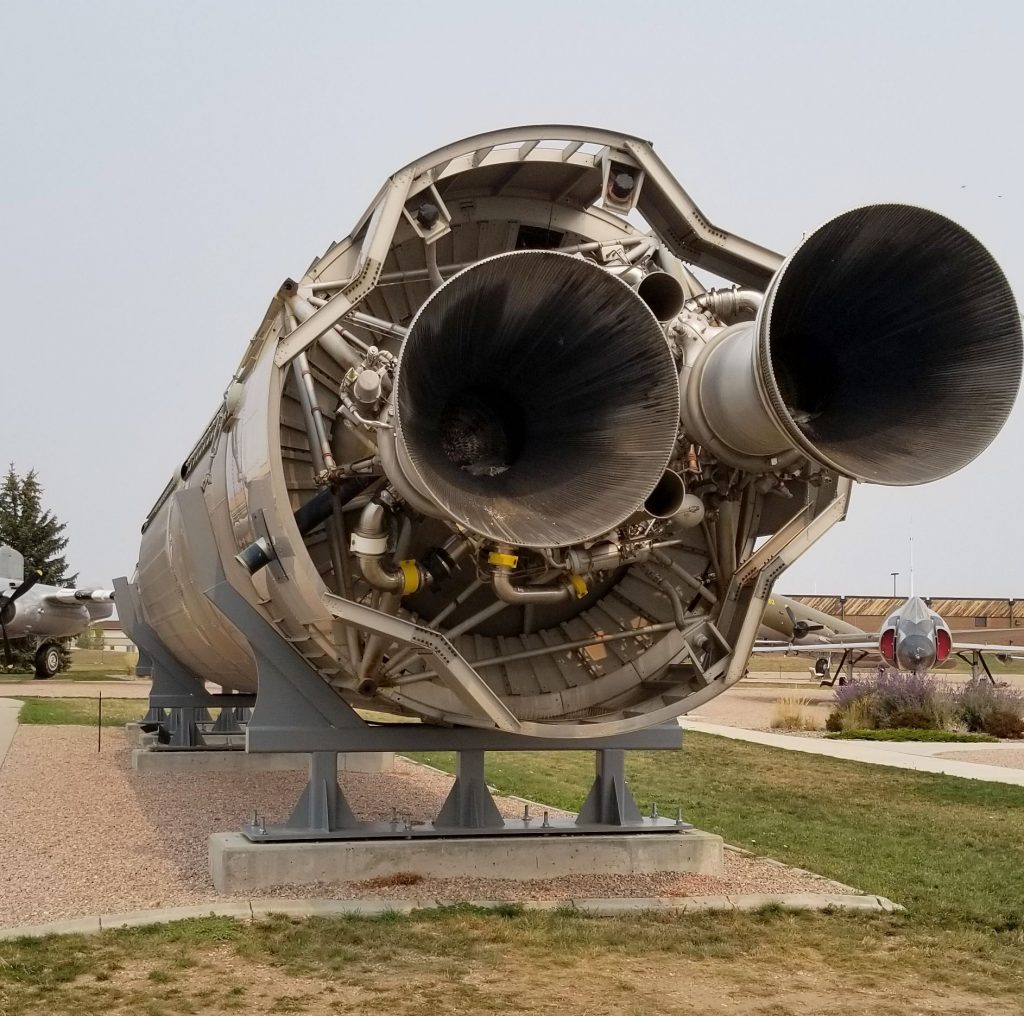
The Titan I missiles took 15 minutes to fully deploy because they couldn’t be fueled up until right before launch. This was not speedy enough for countering a nuclear attack. So therefore, they were replaced three years later with Titan II and the more reliable Minuteman missiles. Each silo contained three missiles.
Besides intercontinental ballistic missiles, the United States also had bombers (such as the B-29 Superfortress) ready to deploy in case of attack. Later these huge planes were used for aerial tankers and weather reconnaissance until they were retired.
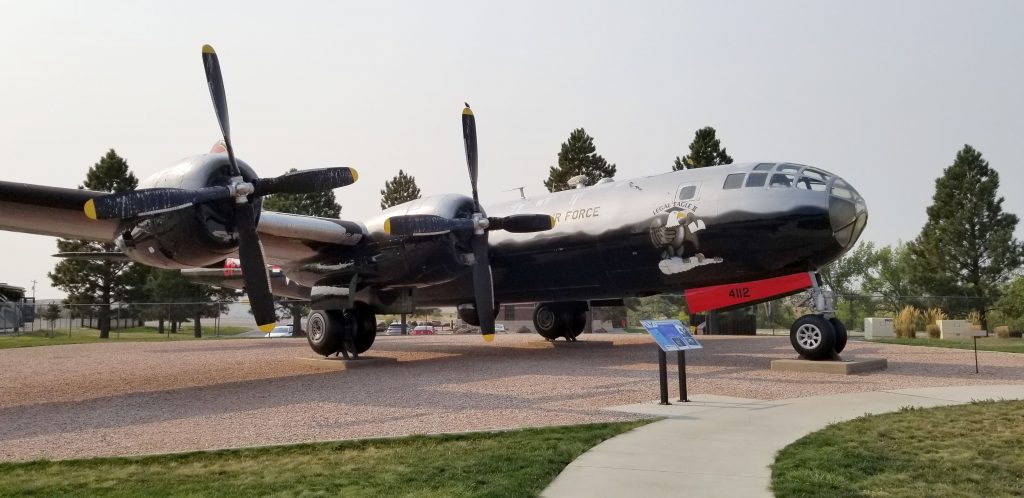
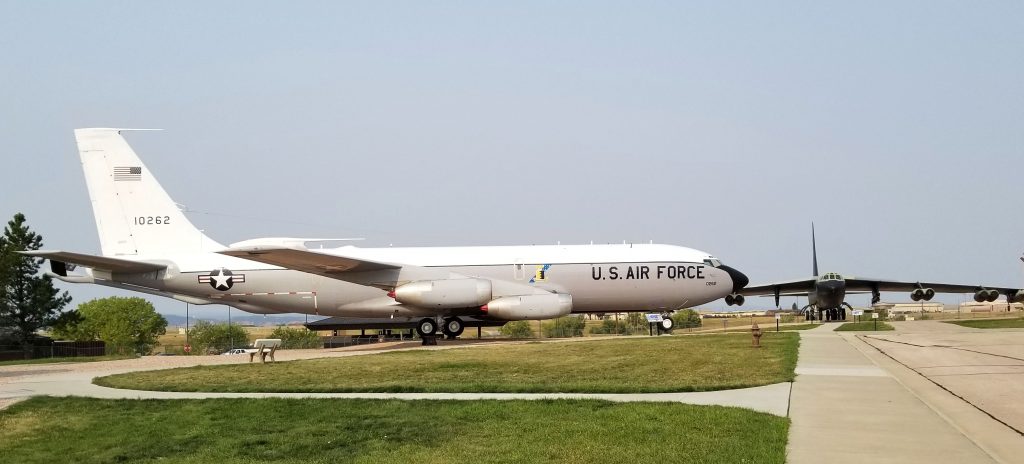
Inside the museum are four large galleries of artifacts of military and civilian aerospace history of the last century. My favorite display was about Nellie Zabel Wilhite, South Dakota’s first female pilot. She was also the first deaf person to earn her pilot’s license. The museum houses the wing and tires from her first airplane along with a photo of her in front of her plane in 1934. Despite some harrowing flights and at one time being a barnstormer, she lived to age 98. I’m always inspired by people who make history despite their handicaps.
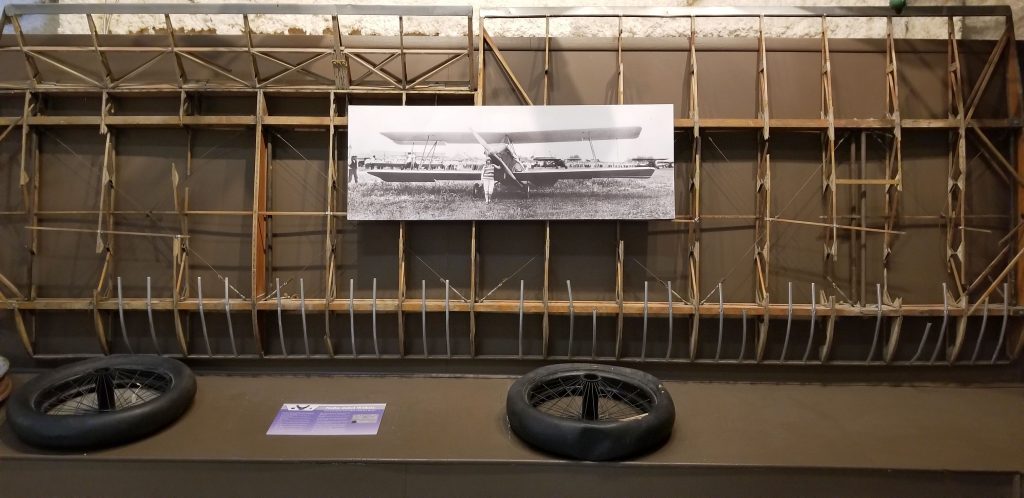
The museum is open year round (although the indoor galleries are closed during January and February) and the tours of Ellsworth AFB and the Missile Silo are offered from mid-May through mid-September. Admission to the museum is free, but there is a small charge for the bus tours to the Missile Silo.
Badlands National Park
Not many miles from the Black Hills, the prairie stretches for miles until unexpectedly you come across Badlands National Park. Recently designated a national park in 1978, the nearly 250,000 acres of geologic formations, fossil beds and wildlife made this a place we had to visit. It reminded me somewhat of the Painted Desert in northern Arizona with its colorful rock layers. My favorite view was this scenic overlook where you can see for miles.
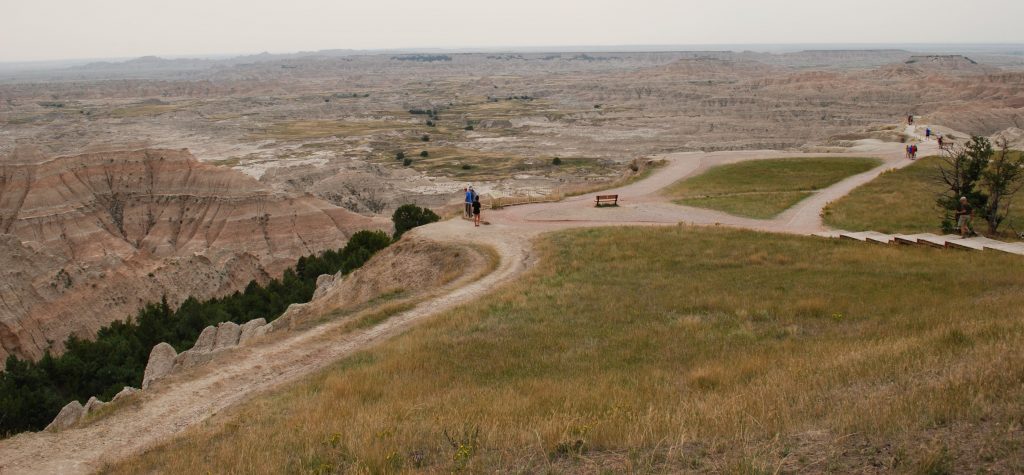
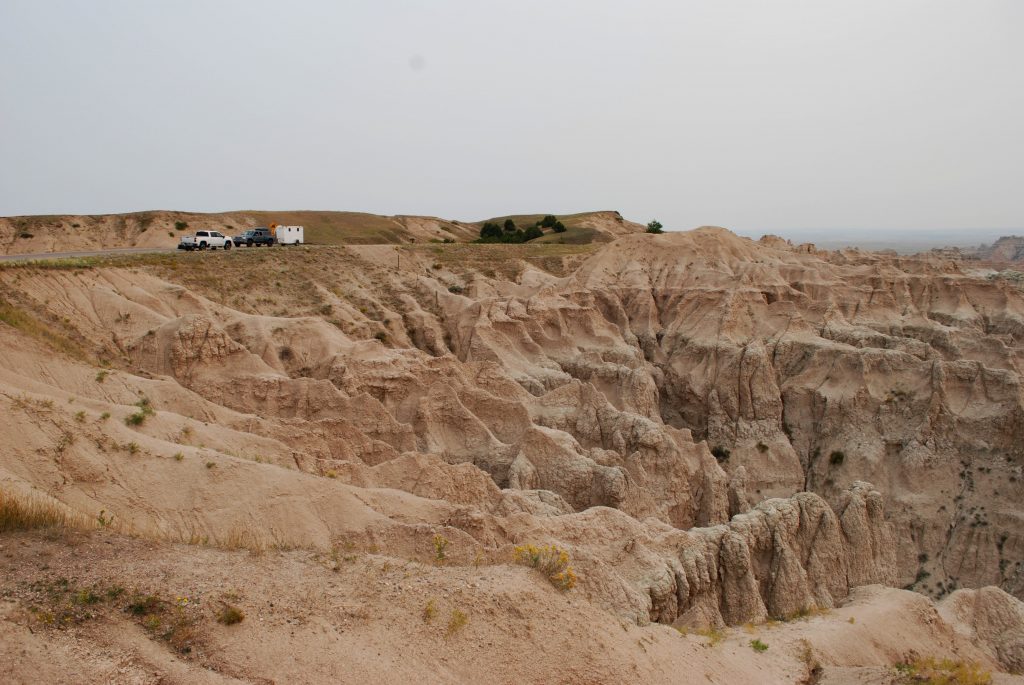
Down in the canyons are trees and grasslands.
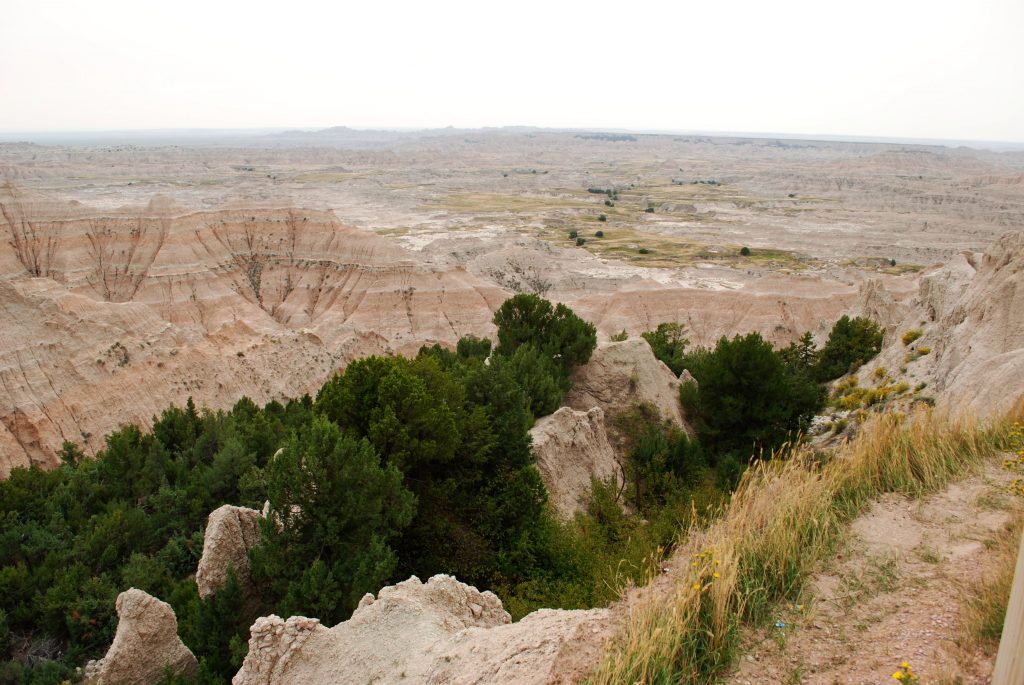
In the Badlands many fossils of ancient mammals have been found which are probably related to our present-day bison and bighorn sheep.
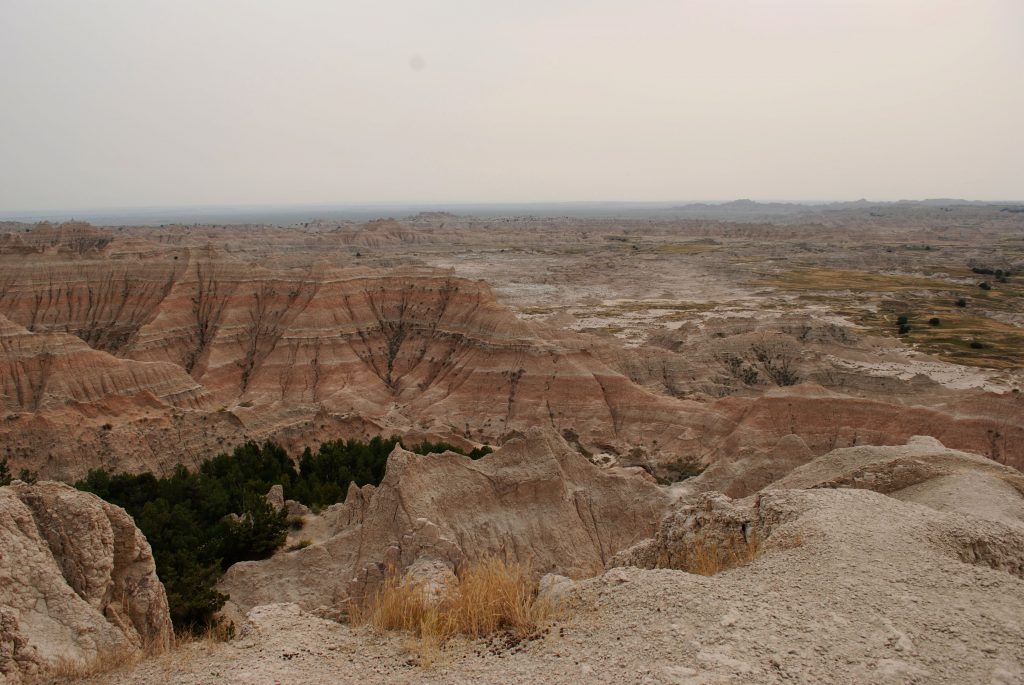
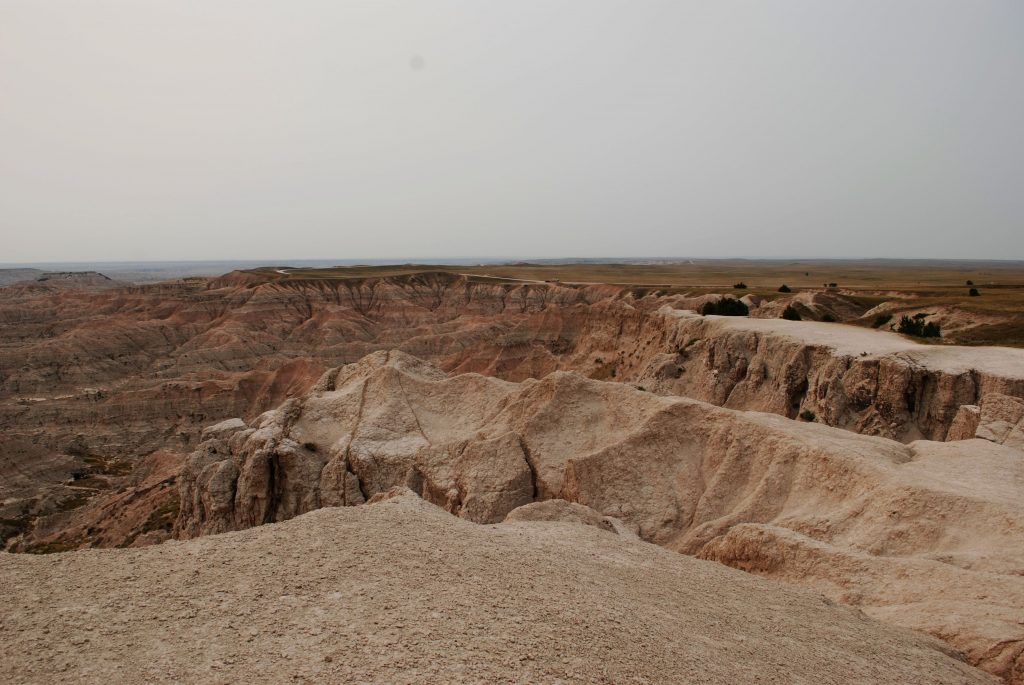
We started out looking out over the canyons, but soon we were driving in among the rock formations.
In this photo below, you can see a dry river bed. Two forces made these formations, deposition and erosion. Layers of sediment formed the rock layers which were deposited by a number of natural forces which range from shallow inland seas to rivers to wind. Then the Cheyenne and White rivers carved their way through the landscape. If the rocks erode at the rate of one inch per year as estimated, what we see today may be quite different the next time we visit!
It reminds me of Psalm 24: 1-2.
“The earth is the Lord’s, and the fullness of it,
The world, and those who dwell in it.
For He has founded it upon the seas
And established it upon the streams and the rivers.” Amplified Bible
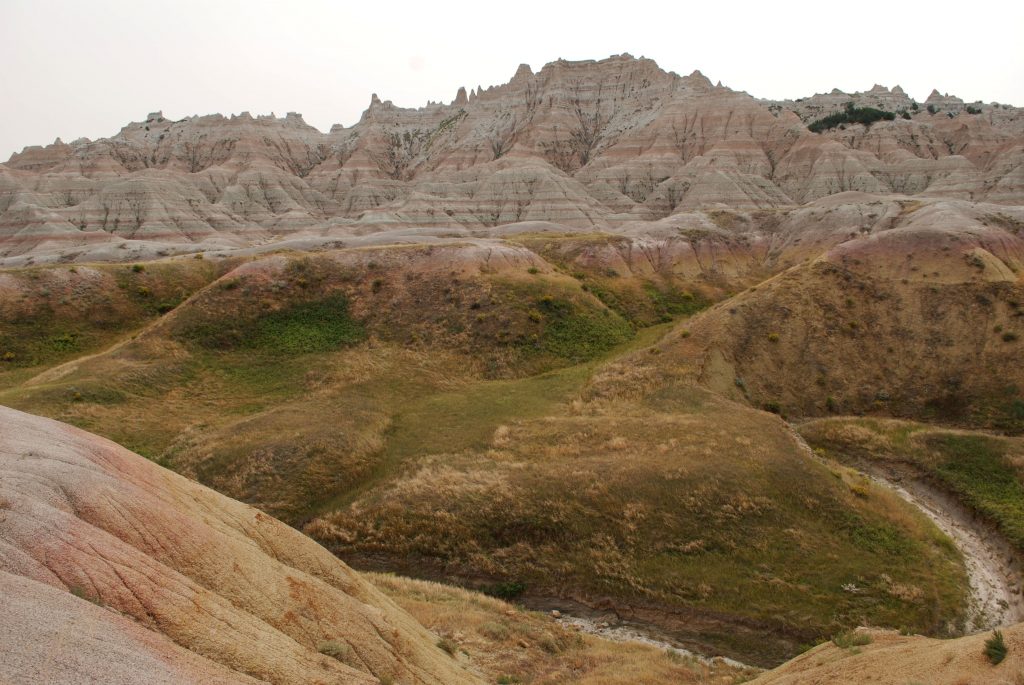
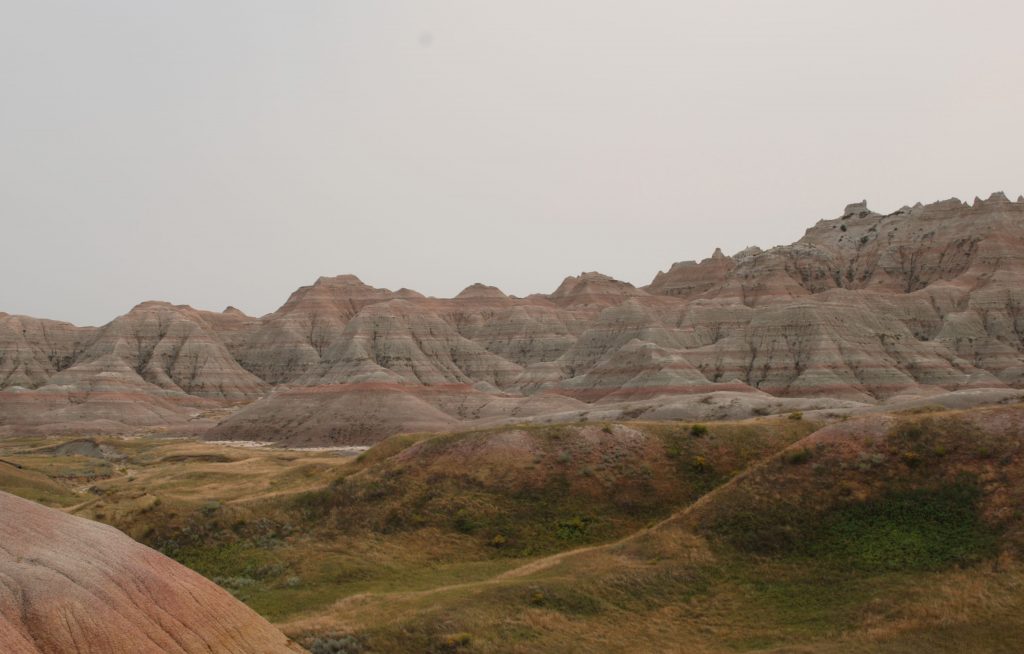
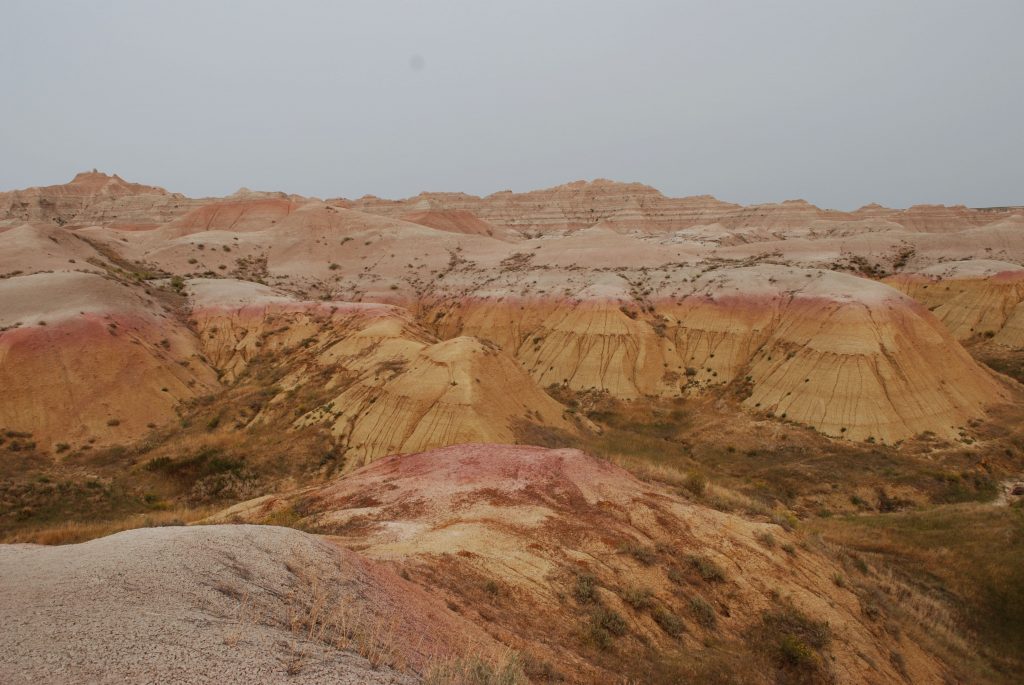
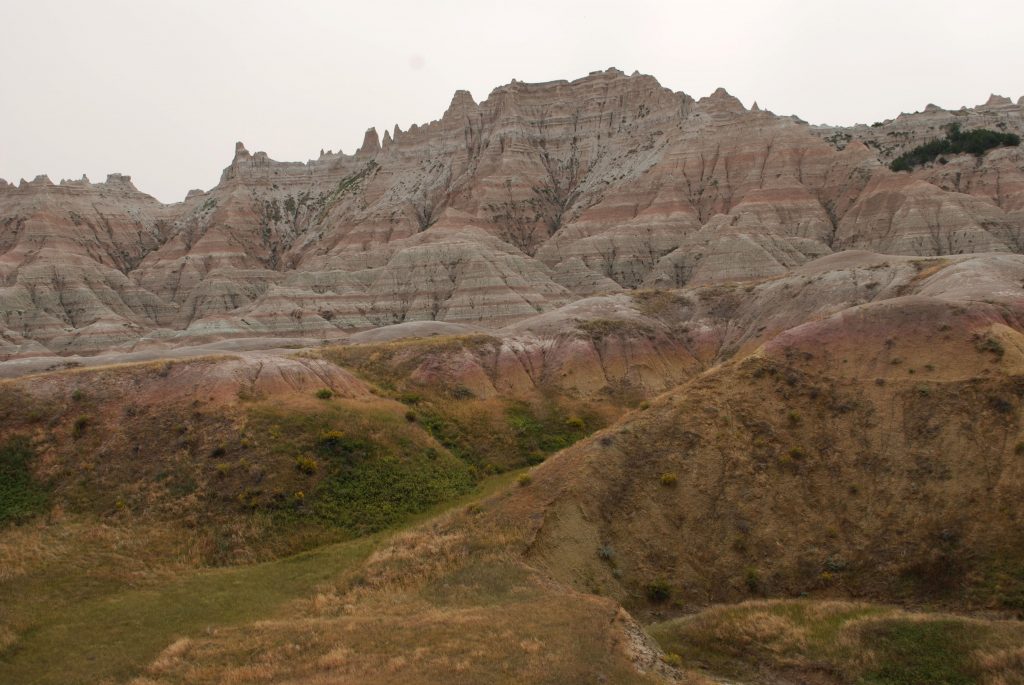
Our national parks are a treasure of unique and beautiful places. I am thankful for those who had foresight to set aside these places for generations of people to enjoy.
